Hello! My name is Denny Yeh. I’m a Senior Staff Combat Designer here at Sony Santa Monica Studio. Today I’d like to take you behind the scenes to talk a little bit about the development of one of our showcase boss fights in the new God of War.
A warning to those who haven’t played the game yet: there will be SPOILERS for a certain boss fight to follow. If you’d prefer to experience it on your own first, kindly look away (and go buy our game)! Otherwise, scroll down to begin the journey.
The God of War series has always had some spectacular opening boss fights: The Hydra, The Colossus of Rhodes, Poseidon and his water pony, among others. During these fights, the camera was usually zoomed out very far to show a sense of scale. This was because these fights all had one big thing in common: Kratos was fighting a massive foe. Get it? I said “big thing” because they’re massive. More to come, folks!
We knew we needed to do something just as epic in the new God of War, so when it was decided that the opening boss fight of the game was going to be against a smaller humanoid that was only about as tall as Kratos’ shoulder, we knew we were in for a big challenge. This is the (greatly condensed) story of how we created the boss fight with “The Stranger,” aka Baldur.
So, how do we make fighting a guy this small feel as big as fighting the giant bosses of previous God of War games? We do the opposite of what we always did…zoom the camera in closer!
Not that close!
That’s better.
The close camera would help to sell the impact of each punch. These were two gods trading blows, so each hit needed to resonate with incredible force. Much of our early development time was spent on the “feel” of the fight. We wanted the player to feel like a god fighting a god, with the environment around you paying the price.
We began with our animator, Fabian Johnston, doing some exploratory animations. These helped set the tone of the entire fight. It was not long before we had them running in the game, with a whole bunch of breakable objects sprinkled about. This first prototype focused on answering a few questions:
- How much can we push the godly reactions on both Kratos and Baldur before it starts feeling like too much?
- How far can we go with environmental destruction? How dense can we make the breakable trees and rocks before they start interfering with gameplay? Do these add enough to the feel of the fight to be worth pursuing?
- What size does the arena need to be to accommodate all of our other requirements?
As you can see, things were pretty rough at this early stage. However, it was already fun to control Kratos versus Baldur and to experience all the over-the-top reactions while playing. It was especially fun trying to angle the camera to knock Baldur through trees and rocks. This early prototype helped set expectations on how the fight would feel in the end.
We also discovered one big bonus to fighting a smaller character like Baldur: he was more fun to beat up. Hitting Baldur and sending him flying 50 feet was way more satisfying than hitting a giant monster’s hand. We played to this strength by making Baldur support almost all of our reaction states, such as being launched into the air or knocked back.
Around this time, our concept artist Stephen Oakley did some pre-visualization artwork of potential combat sequences for the fight, inspired by the early animations Fabian did. These helped spark even more ideas.
By now, we had a large bucket of cool things we wanted to try out for the fight. I created a design document next, planning out the key beats of the fight… not as exciting as Fabian’s animations or Stephen’s pretty sketches, so I won’t post it. But, I did some work too! I promise.
Once we had a rough plan in place for the entire fight, we began implementing a rough skeleton for each phase, starting with the introduction when Baldur first appears at your door.
As you can see above, the animation and camera went through a lot of changes, but the basic idea of “punch Kratos over the roof” stayed the same.
We needed the intro to move you from the front of the house to the back. The skeleton served its purpose to communicate to the team exactly what was supposed to happen throughout the fight. This intro was later handed off to the cinematic team who did an excellent job re-animating it to be more…well, cinematic.
Following the intro, the fight was broken down into three core phases.
Phase 1 is the introduction, which takes place in Kratos’ backyard. During this phase, Baldur does not attack much. Since this is the first boss fight in the game, it’s important to have a phase like this to ease the player in. This gives them a chance to use Baldur as a training dummy and enjoy the spectacle of knocking him through trees and rocks (which we already established was pretty fun from our early prototype work).
Story-wise, Baldur wants Kratos to attack him. He is purposely taking the hits in the hopes that Kratos can make him feel pain. Sometimes we’re lucky and the goals of both gameplay and story work together perfectly.
The transition between phases gave us a chance to showcase even more godly feats. These required a lot of iteration to get right, due to the continuous single shot camera we were going for. You’d be surprised how hard it is to get two characters into the right spot during gameplay without simply moving them in a camera cut.
The reason Baldur spins Kratos and throws him so high here is to mask how much we’re sliding the characters around to get in position to land on the roof. This was a recurring theme in how we designed many of our transitionary animations. Most of them have quick turns or heavy camera shaking impacts to hide the extra motion. Smoke and mirrors.
You’ll also see here that we used some of Stephen’s earlier pre-visualization artwork as reference for this tree ram sequence. This fight, like many other parts of our game, is cobbled together with ideas from people all over the studio. As a designer, my job isn’t just to come up with ideas, it’s also to filter the incredible amount of creativity coming out of every department and cherry pick the ones that will fit best.
The transition animations give us a change of scenery by moving the player to a new location. In a longer fight such as this, it’s important to keep everything escalating, including the environment. Another more subtle reason for moving the characters is that it refreshes all the breakable trees and rocks that were probably already destroyed in the first arena. This gives the player another new playground to destroy.
This is where phase 2 takes place. The early part of the phase introduces Spartan Rage, so we keep the player in rage mode longer than normal to allow them to learn the mechanics. Baldur starts being a little more aggressive in this phase, so the player has to start paying more attention to Kratos’ defensive options once the rage mode runs out.
The transition into the last phase showcases the work of our amazing breakables team. Fun fact: We originally planned to have Baldur throw a mountain at Kratos, who punches it in half. We eventually had to change it to be a bit more reasonable since Kratos is supposed to be a little rusty in this fight. If you see Kratos punching mountains in the future, however, you’ll know it was a long time coming.
We had also originally planned on having Baldur attack you during this section where you’re climbing up the chasm. He would be kicking down rocks or causing avalanches, forcing you to dodge sideways to jump between ledges. This ended up being cut due to scope. However, in retrospect, it was good that we didn’t have time to include this. The whole boss fight is so fast paced that it was nice to have a few more short quiet sections like this to break up the action.
Phase 3 is when Baldur finally starts unleashing all of his attacks. As the first boss fight in the game, we didn’t want Baldur to be too difficult. It was more important that he give the illusion of intensity, rather than actually being a huge threat (If you’re interested in a challenge, try out some of our late game boss fights against the Valkyrie, which I also designed. Sorry in advance!). Baldur’s attacks are instead designed to teach and encourage different defensive mechanics:
- Ground shockwave – Unblockable shockwave that moves straight. Sideways dodge.
- Punch combos – Quick punches that can be dodged with good timing, but is most easily just blocked. Block or parry.
- Leap into air and stomp – Unblockable in a large blast radius. Roll dodge.
- Zig zag kick – Breaks guard. Parry or dodge with good timing
In addition to Baldur’s attacks, he needed a way to defend himself if the player was too aggressive. Since Baldur reacts to all of your attacks, he is more vulnerable to being locked in an infinite combo than most bosses.
We did a lot of work to make sure he always has ways to slip out and get some of his own attacks in. Sometimes he will take an axe-hit and then counter-attack. Other times he may use the momentum of your hit to dash back and gain some space. His defensive abilities all exist to reset the playfield and force the player to engage with his offense.
Baldur was also originally supposed to be able to grab your axe and use it against you. Imagine you throw your axe at him, he takes the hit, pulls it out of his body and throws it back at you. What a jerk! This proved a bit difficult to pull off… plus we didn’t want to discourage you from throwing your axe so early in the game, so in the end this feature was… axed.
The development of just one boss fight involves pretty much every department. From environmental artists creating the arena, to audio designers making each punch sound chunky, to producers making sure we’re not just browsing cat videos all day. I was only able to share a small snippet here, but the end product was a culmination of everyone’s efforts.
Thank you for taking the time to read all of this. I hope you enjoyed this short look behind the curtain. And I also hope you enjoy fighting Baldur! He may not be the size of a mountain, or have the ability to grow giant crab legs, but hey…he has one sick mullet.
The post Santa Monica Studio details the epic creation of God of War’s unforgettable Stranger fight appeared first on PlayStation.Blog.Europe.
from PlayStation.Blog.Europe https://ift.tt/2nJk2kJ
via
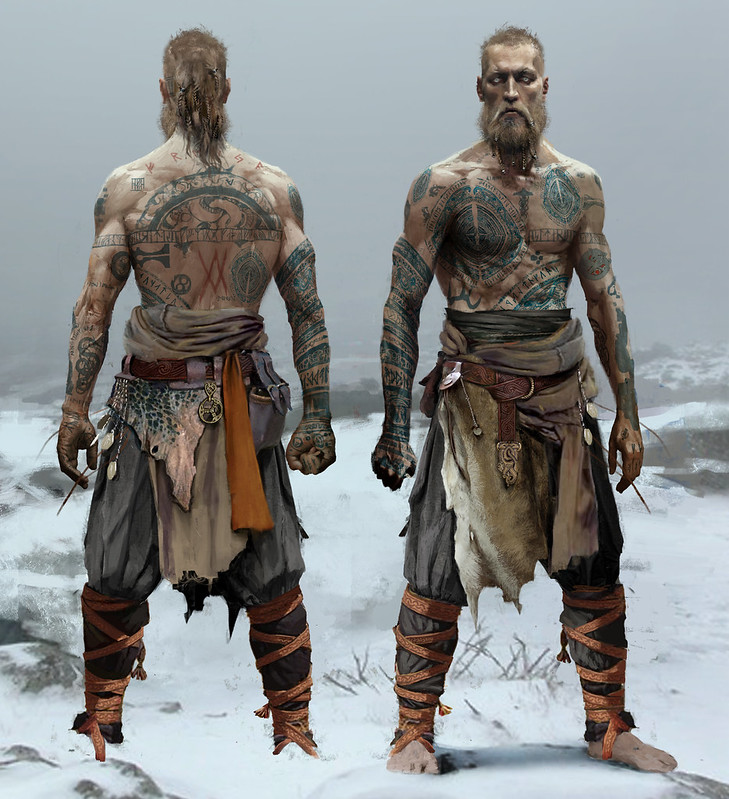
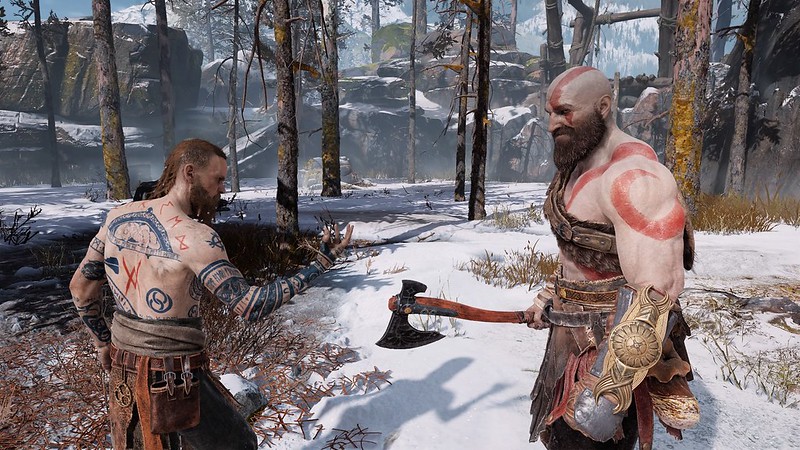

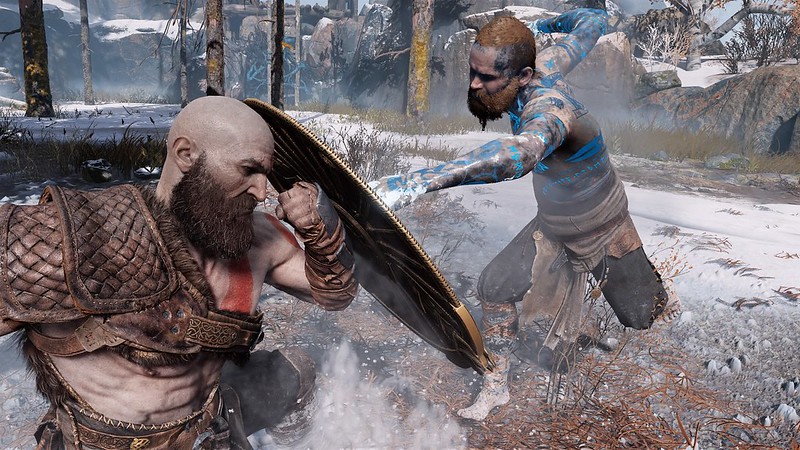
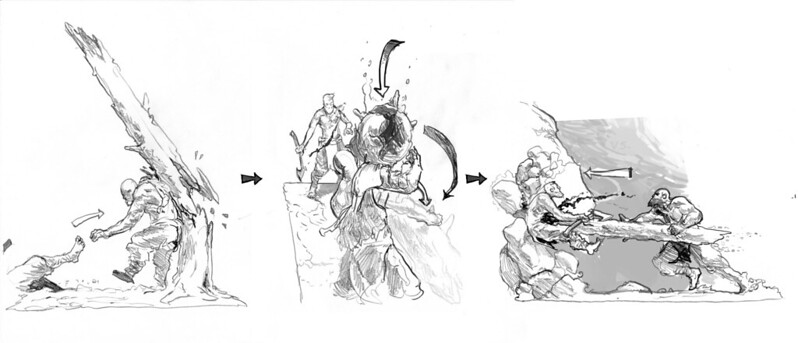
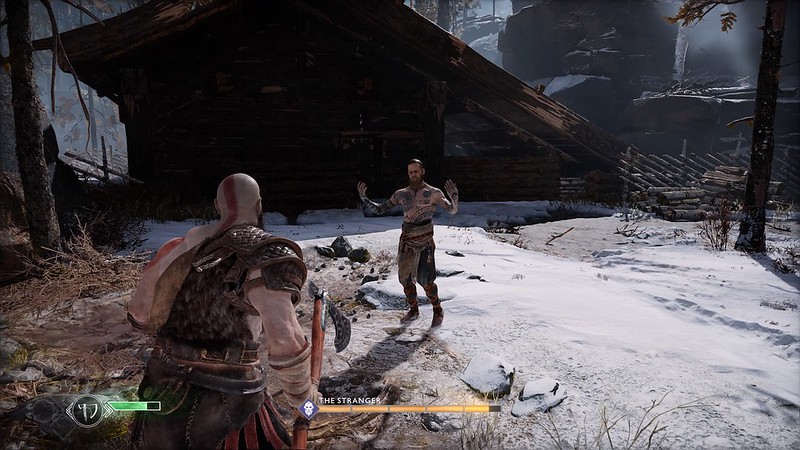
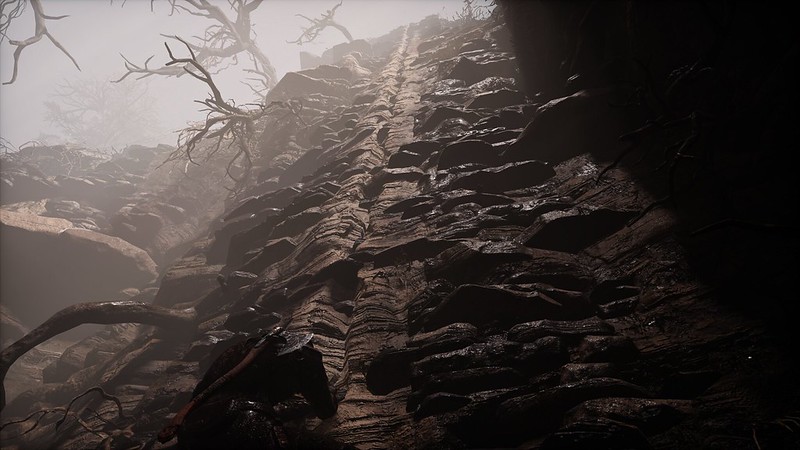
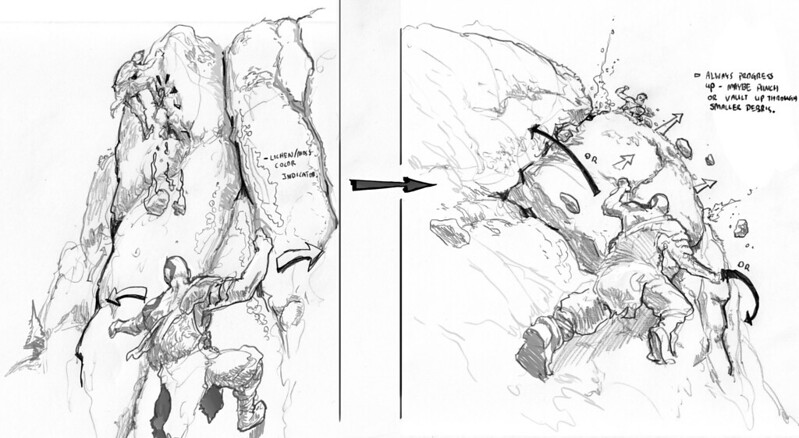
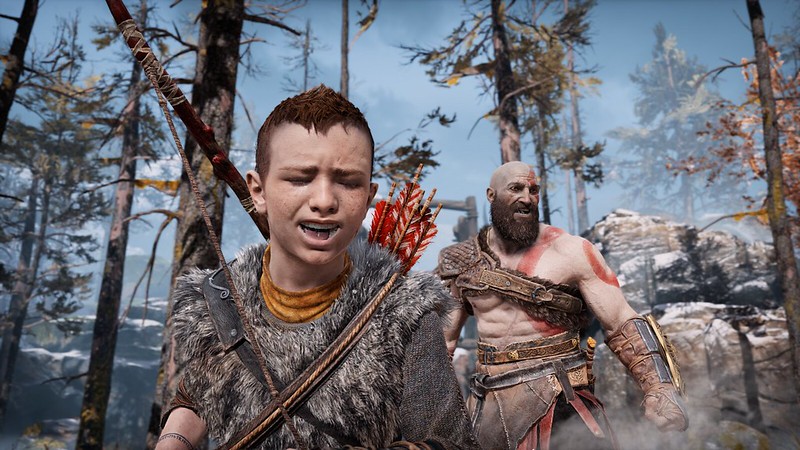
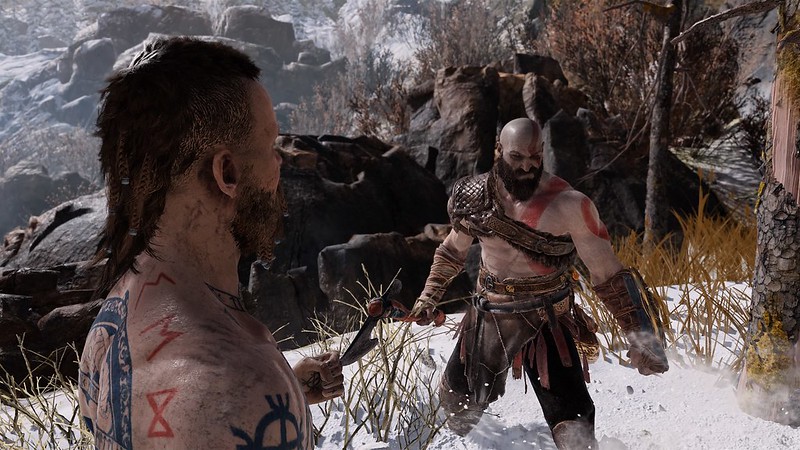






0 commentaires:
Enregistrer un commentaire